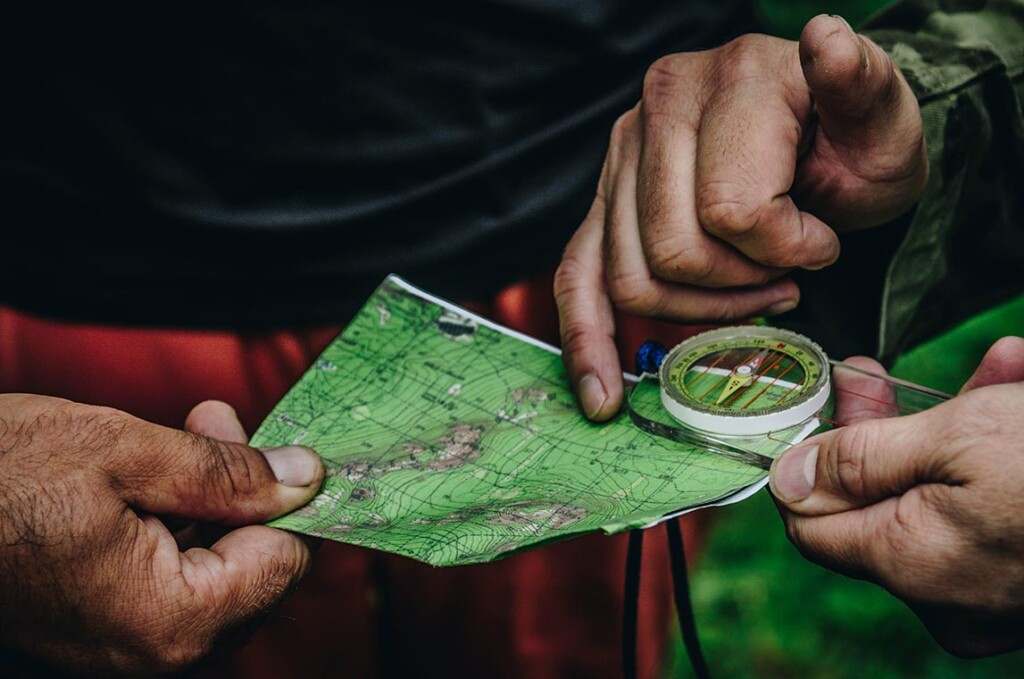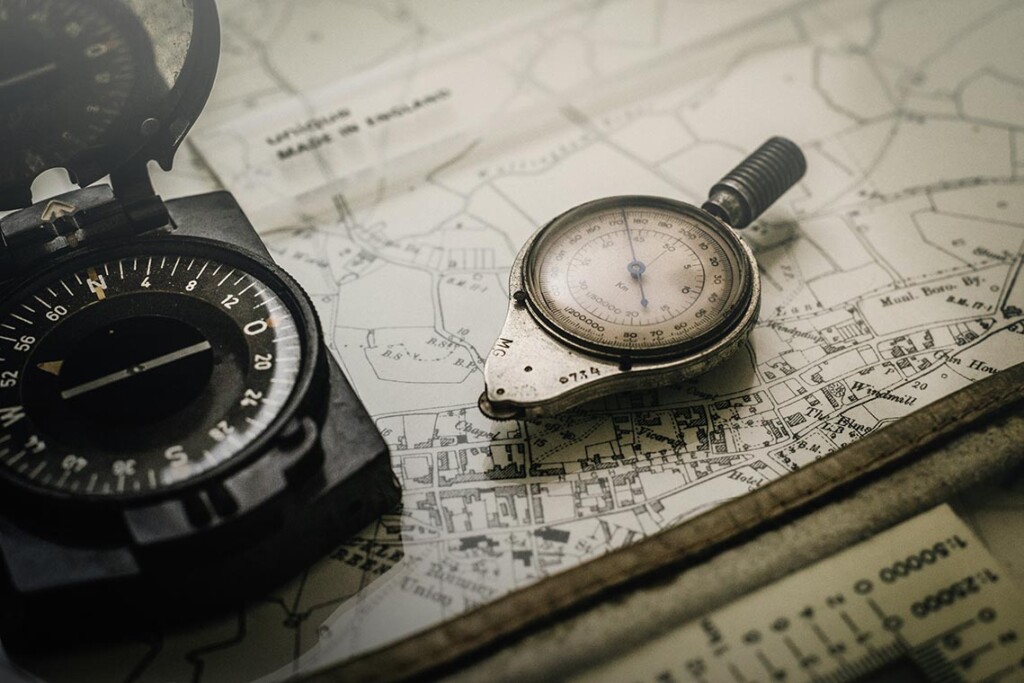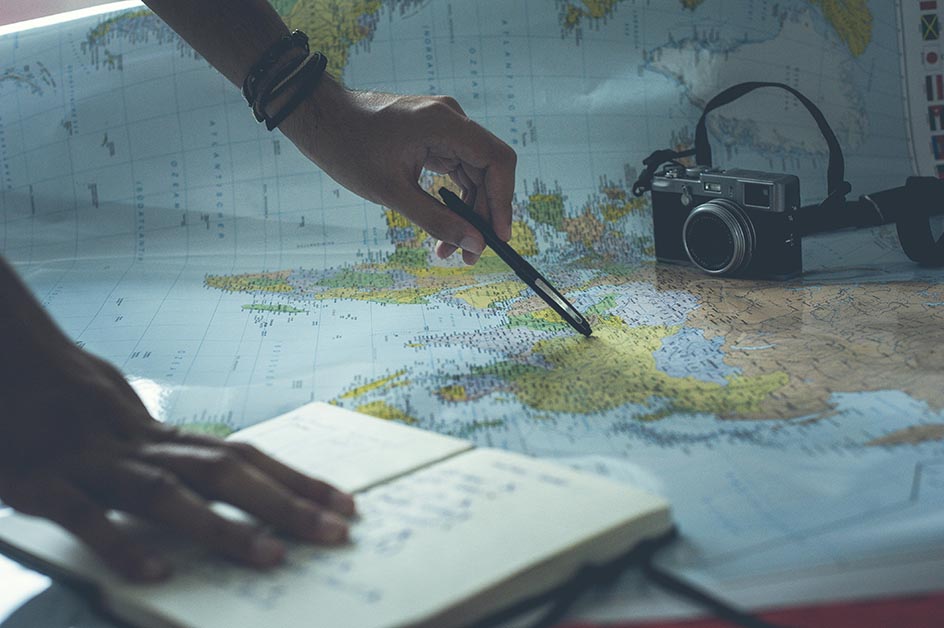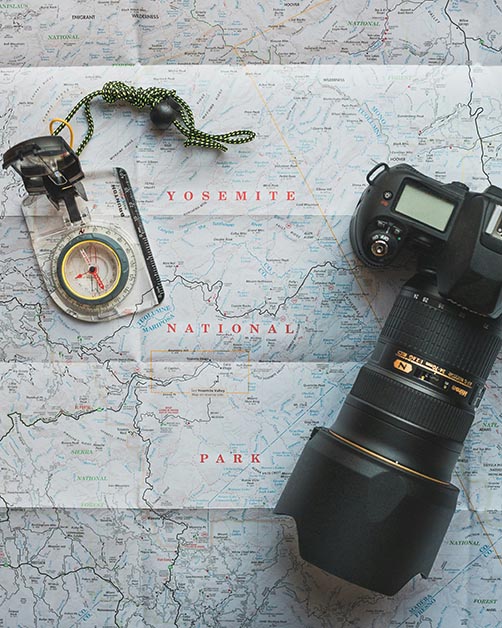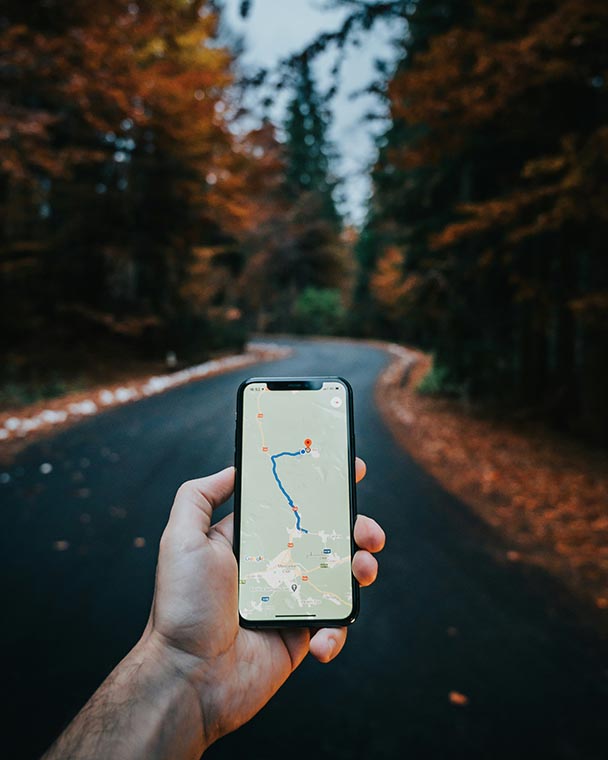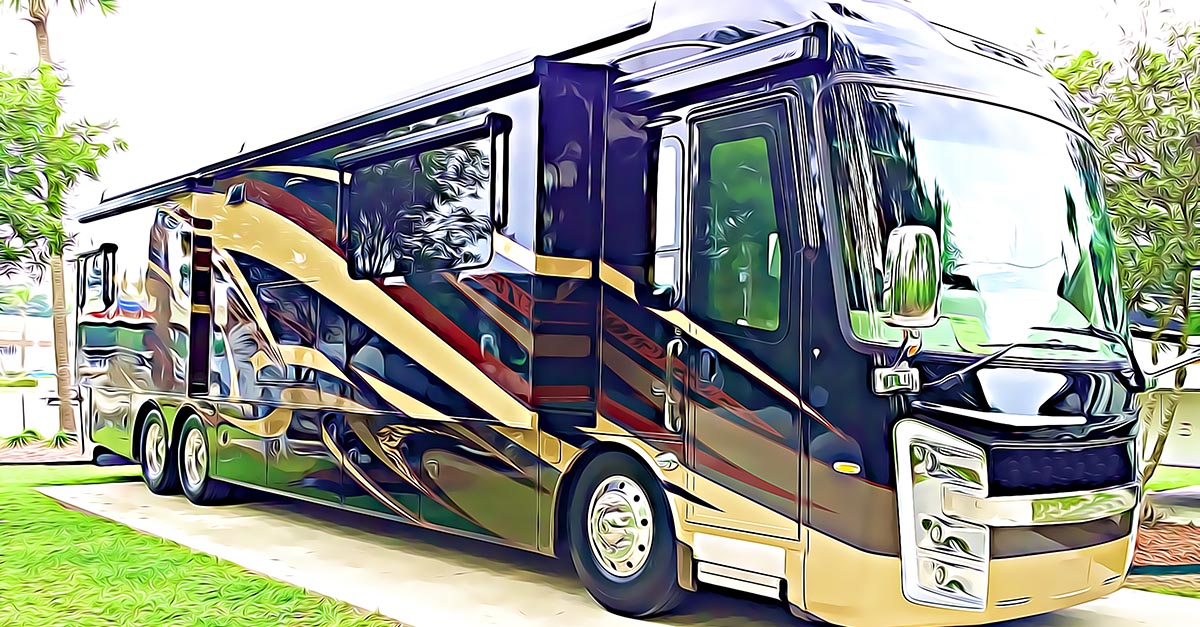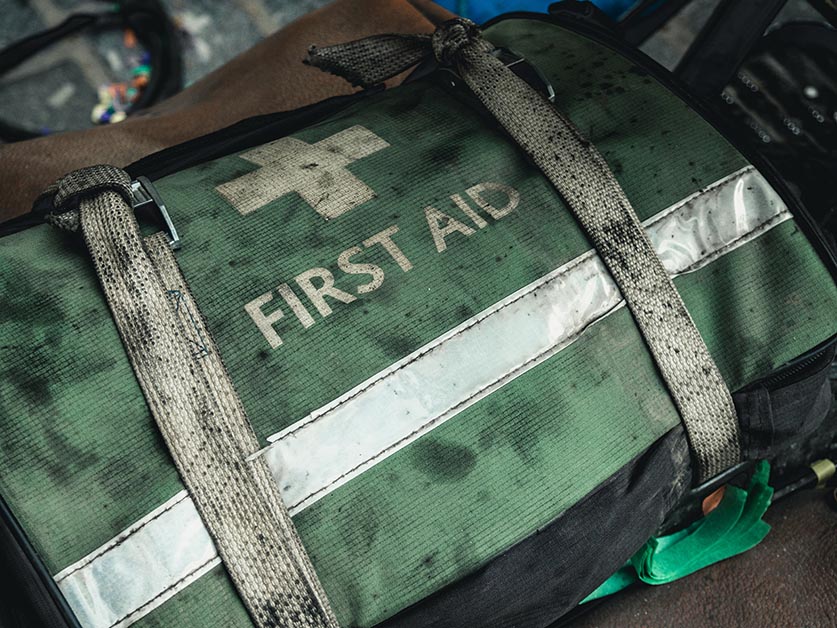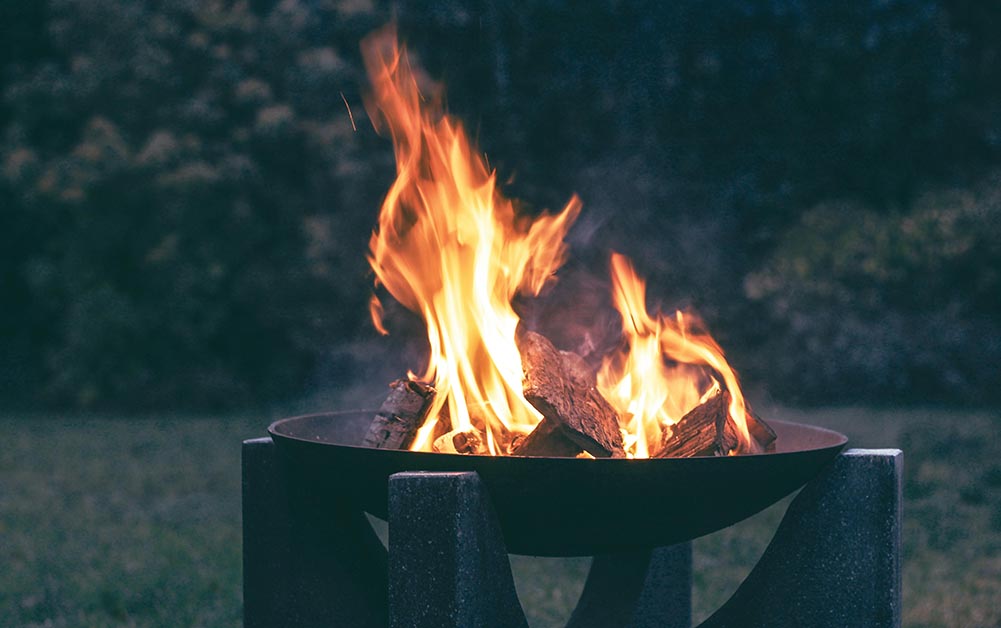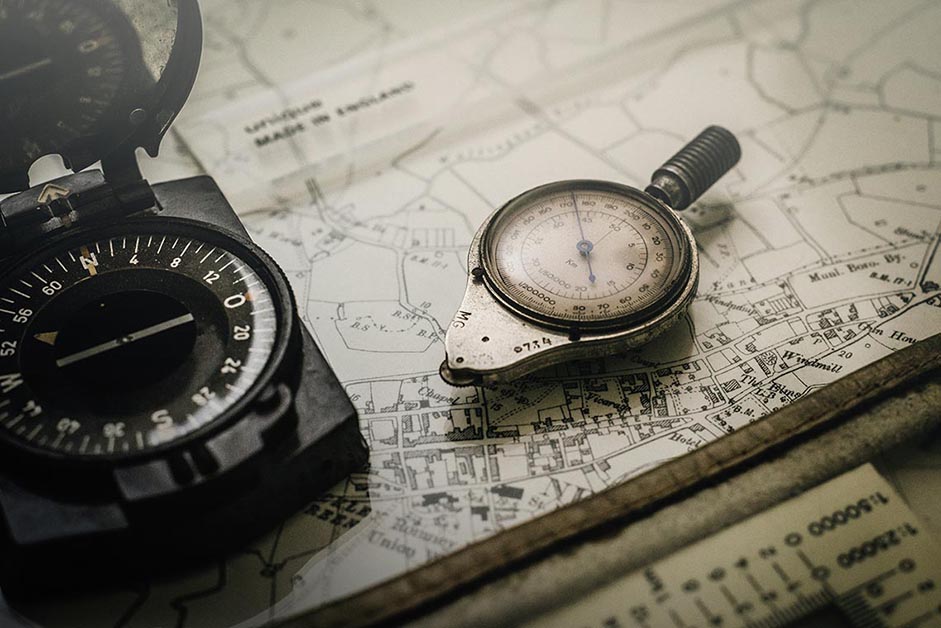
In our modern age of GPS devices and smartphone maps, the skill of navigating with a map and compass might seem outdated or unnecessary. However, there’s an undeniable charm and utility to this classic method of wayfinding. Whether you’re an outdoor enthusiast, a seasoned adventurer, or simply someone looking to add a new skill to your repertoire, learning how to navigate with a map and compass can be both rewarding and essential in certain situations.
The Basics: Understanding Your Tools
When embarking on any adventure, it is vital to become acquainted with the equipment and tools that you will be using. Firstly, let’s talk about the map. It is important to select a topographic map of the region that you plan to explore. These maps provide extensive information about the terrain, elevation, landmarks, and geographical features of the area. Take the time to familiarize yourself with the legend, scale, and contour lines of the map, which indicate changes in altitude.
A compass is a device that uses a magnetic needle to determine the direction of the Earth’s magnetic north pole. To use it, you must first align the map with the compass needle. Then, you can take a bearing and follow a straight line towards your destination. The compass is a crucial tool for navigation and outdoor activities like hiking and camping.
Step Guide to Navigation
Orient the Map:
To begin, it is important to find a stable surface on which to place the map. This will ensure that it doesn’t move around and make it easier to align it with the surrounding landscape. Once you have found a stable surface, use a compass to align the map properly.
To align the map with the surrounding landscape, start by laying the compass flat on the map. The compass should be positioned so that the base of the compass is aligned with the bottom edge of the map. Next, slowly rotate the map, keeping the compass flat on the surface of the map.
As you rotate the map, keep an eye on the magnetic needle on the compass. The needle should start to move and eventually settle into a north-south position. When the needle is in this position, it means that the map is now aligned with the surrounding landscape.
Make sure that the needle is precisely aligned with the north-south grid lines on the map before proceeding. This will help ensure that you have a clear and accurate understanding of your surroundings.
Determine Your Location:
When you’re trying to determine your location on a map, it can be helpful to identify prominent landmarks in your surroundings. These landmarks could include natural features like mountains, rivers, or distinct terrain formations. By using these landmarks to pinpoint your location on the map, you can ensure that you’re accurately identifying your position and navigating to your intended destination.
It’s important to take note of any unique features or characteristics of the landmarks you’re using so that you can easily identify them on the map. This method of navigation is particularly useful when traveling in unfamiliar territory or when trying to navigate without the aid of technology.
Choose Your Route:
As you plot your course, you should consider other factors, such as the terrain you’ll be traversing. Will you be hiking up steep inclines? Crossing rocky terrain? Moving through dense forests or open fields? Understanding the nature of the landscape will help you better prepare for your journey.
Distance is another key factor to consider when planning your route. How far do you need to travel, and how long will it take you to get there? Knowing the distance between your starting point and your destination will help you better estimate your travel time and make any necessary adjustments to your plan.
Finally, when planning your route, it’s important to think about any potential obstacles that you may encounter along the way. These could be physical barriers like fallen trees or rivers, or they could be logistical challenges like navigating through a crowded city center. By anticipating these obstacles and planning accordingly, you can help ensure a safe and successful journey.
Follow Your Bearing:
In order to reach your desired destination, you need to use a compass. First, determine the direction of your intended location relative to your current position. You can do this by holding the compass steady and allowing the needle to settle. Once it has, note the direction it points in. Next, follow the direction indicated by the compass needle, keeping the compass steady as you go. It is also recommended to periodically check your progress by referencing the map.
This way, you can ensure that you are headed in the right direction and adjust your course if necessary. By following these steps, you will be able to reach your desired destination with ease.
Adjust for Declination:
It is crucial to note that the earth’s magnetic field and geography are not entirely aligned with each other. As a result, the direction indicated by the compass needle, referred to as magnetic north, may not always point precisely to true north on the map. This phenomenon is known as magnetic declination.
To navigate correctly, it’s essential to be aware of the declination in your area and adjust your compass accordingly. You can find this information on your map, which should display declination for the specific area you are in. Once you know the declination, you can adjust your compass to ensure that you are heading in the right direction. This precaution is crucial, especially when traversing unfamiliar terrain or when precision navigation is required.
Practice, Practice, Practice:
Mastering the art of navigation with a map and compass can be a challenging task that requires practice and patience. To get started, it’s best to begin with simple routes in familiar terrain, such as local parks or nature trails. This will give you the opportunity to get comfortable with using your map and compass and to develop a basic understanding of how they work together.
Once you feel confident with the basics, you can gradually challenge yourself with more complex navigational tasks. For example, you might try navigating through unfamiliar terrain or plotting a course that involves multiple checkpoints. The key is to take things one step at a time and to build your skills gradually.
In addition to practicing with your map and compass, it’s also important to pay attention to the details of your surroundings. Look for features that you can use as landmarks, such as distinctive trees, rock formations, or bodies of water. This will help you keep track of where you are and where you need to go.
Remember, becoming proficient at navigation with a map and compass takes time and dedication. But with patience and practice, you’ll be able to confidently navigate through even the most challenging terrain.
Tips for Success
When planning an outdoor adventure, it’s crucial to prioritize navigation to ensure your safety and enjoyment. One of the most important things you can do is to always carry a backup compass and map in case your primary equipment fails. This can mean the difference between finding your way easily and getting lost in the wilderness.
To make navigation easier, take note of distinctive landmarks and features along your route. These can be anything from mountain peaks or rivers to interesting rock formations or unique trees. By identifying and memorizing these landmarks beforehand, you’ll be able to better orient yourself and stay on track during your journey.
It’s also important to learn how to interpret the terrain and anticipate potential obstacles or hazards. For example, if you’re hiking in a mountainous area, you’ll need to be aware of steep inclines, rocky terrain, and potential drop-offs. By studying the terrain and understanding how it affects your movement, you’ll be better equipped to navigate safely and efficiently.
Finally, it’s a good idea to practice navigation techniques in different weather conditions and lighting situations. For instance, if you’re planning a trip during the rainy season, you’ll need to know how to navigate in low-visibility conditions. Similarly, if you’re planning a trip that involves hiking at night, you’ll need to be comfortable with using a headlamp and other lighting tools. By practicing these techniques beforehand, you’ll be better prepared for any situation that may arise during your adventure.
While modern technology has undoubtedly revolutionized navigation, there’s something timeless and empowering about navigating with a map and compass. Whether you’re exploring the wilderness, embarking on a backpacking trip, or simply honing your outdoor skills, mastering the art of traditional navigation opens up a world of possibilities and adventures. So grab your map, calibrate your compass, and set out on your next journey with confidence, knowing that you have the skills to navigate any terrain
Related Posts
Many people are drawn to the allure of the open road, the freedom to explore new destinations, and the comfort of home on wheels that RV travel offers. However, before hitting the road, one of the first decisions that needs to be made is whether to rent or buy an RV. Each option has its
Whether you’re embarking on a wilderness adventure, planning a family camping trip, or simply stocking your home medicine cabinet, having a well-equipped first aid kit is essential for handling life’s little emergencies. From minor scrapes and cuts to more serious injuries, being prepared can make all the difference in ensuring a swift and effective response.
Camping in the great outdoors offers a wonderful opportunity to unwind, connect with nature, and create lasting memories with loved ones. However, it’s important to prioritize safety to ensure a positive and enjoyable experience. From preventing accidents to handling emergencies, here are some essential tips to help you stay safe while camping outdoors. Choose a

